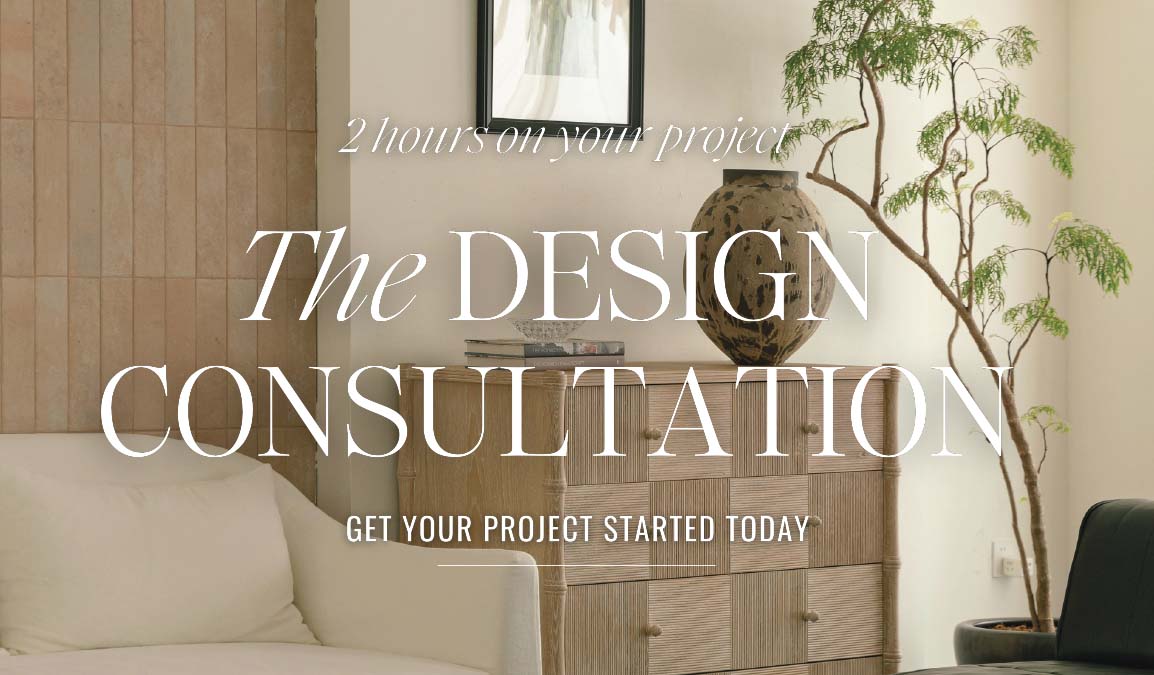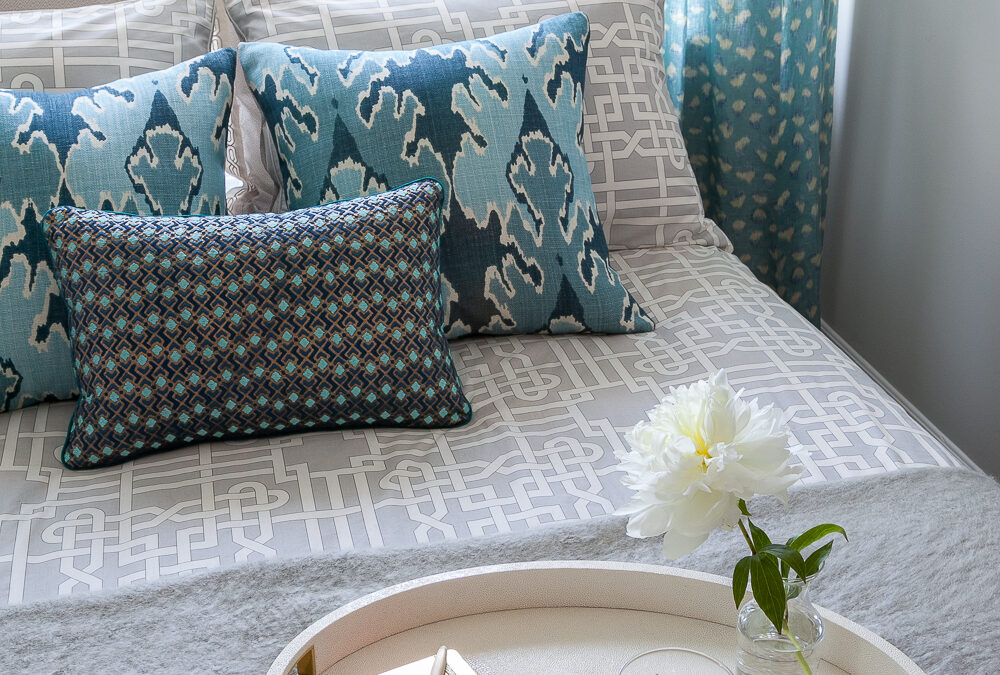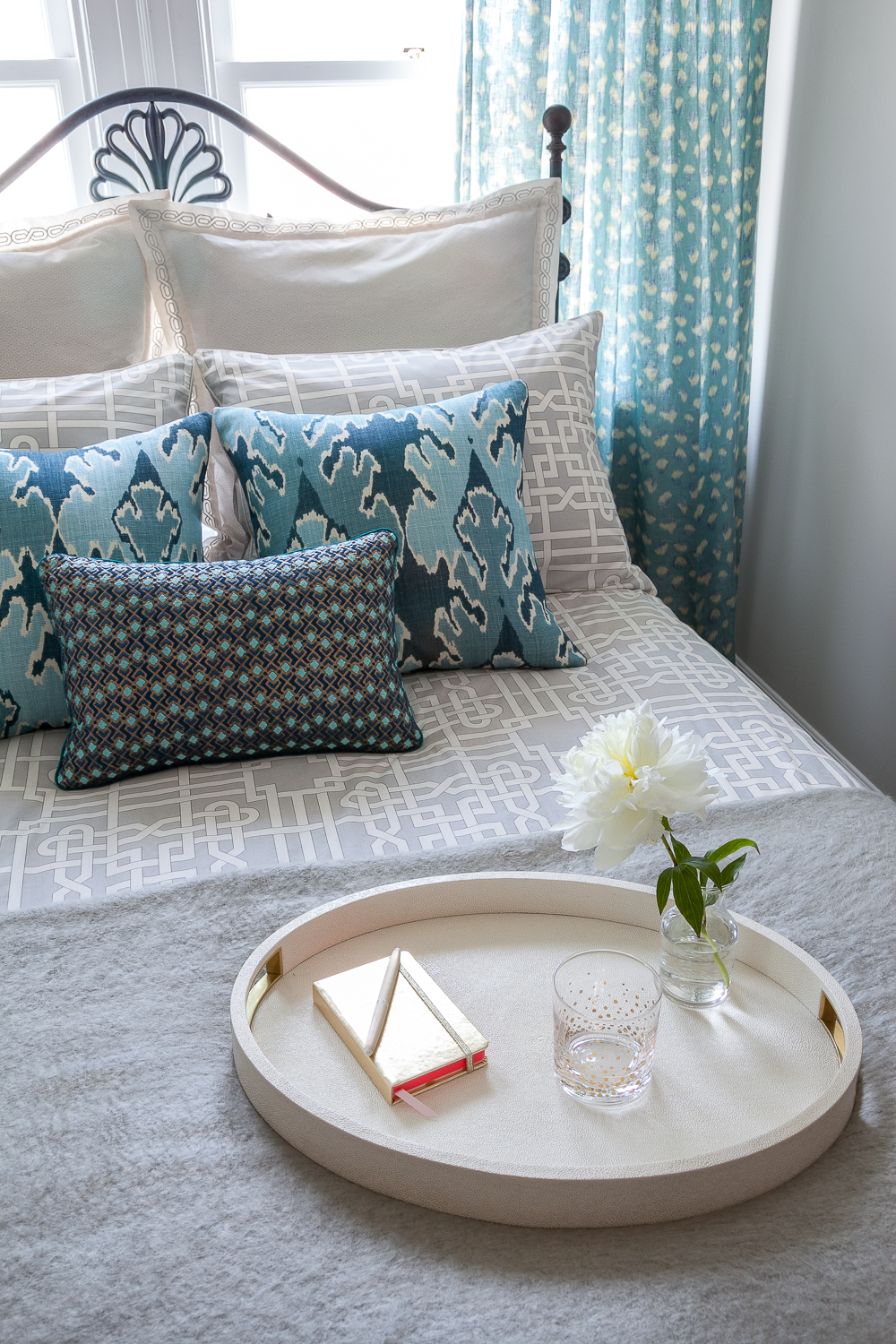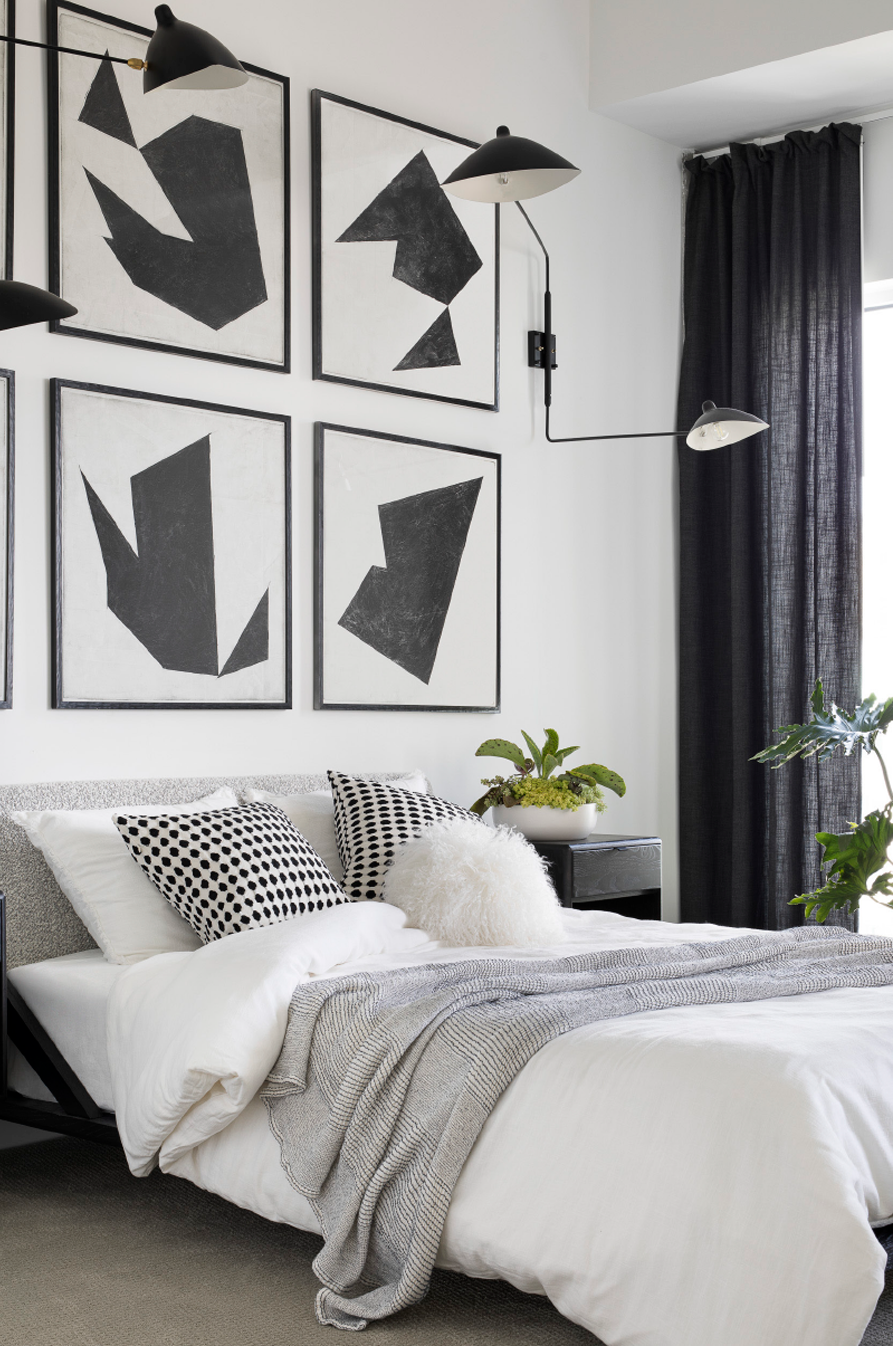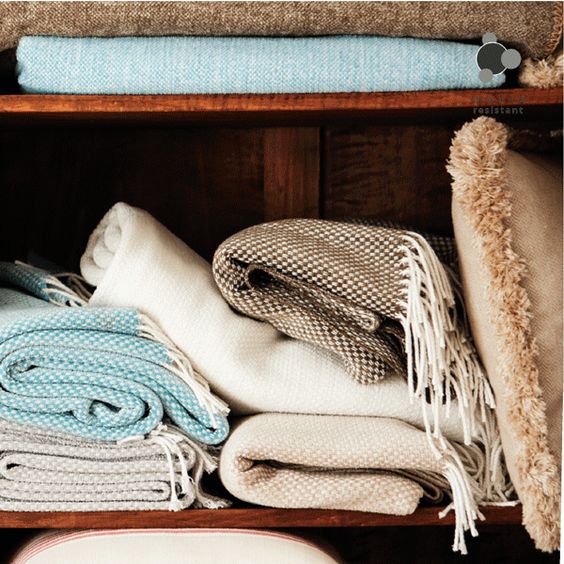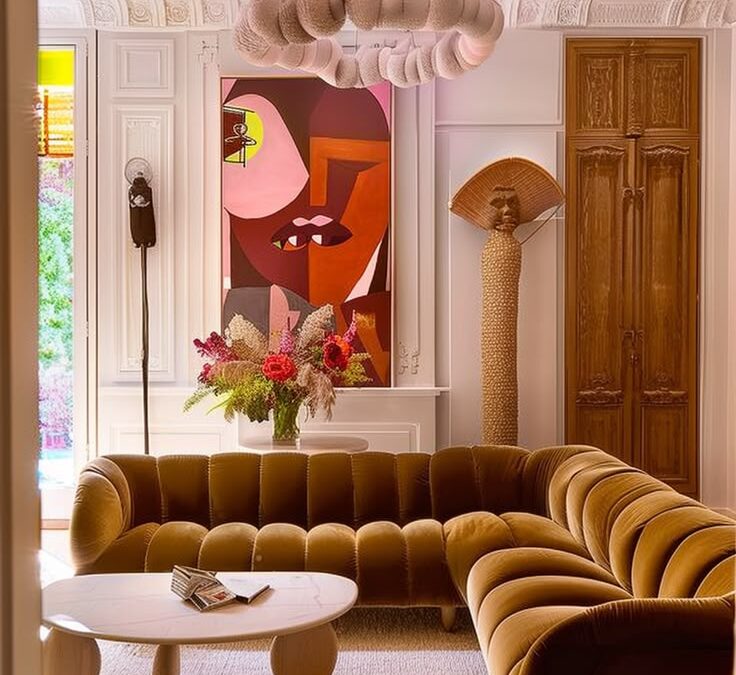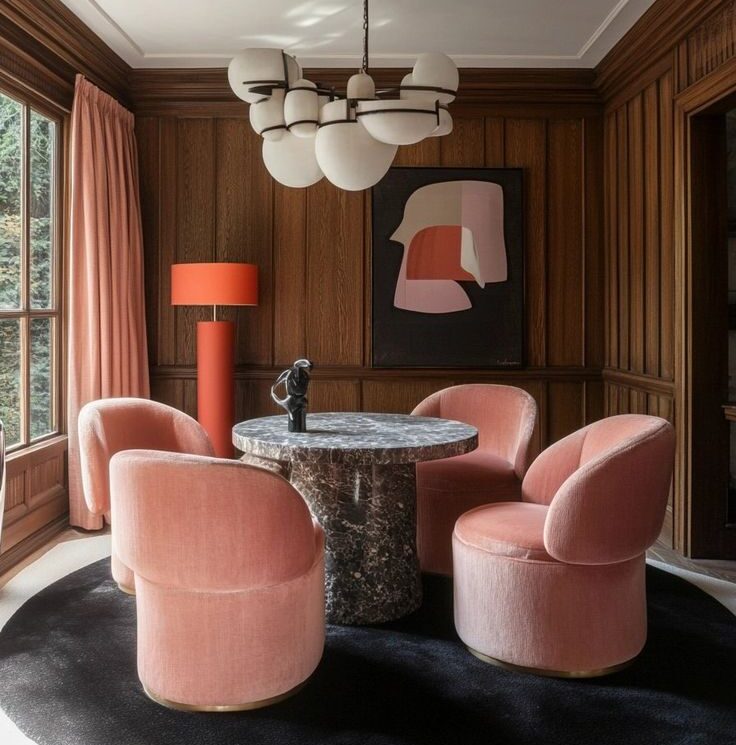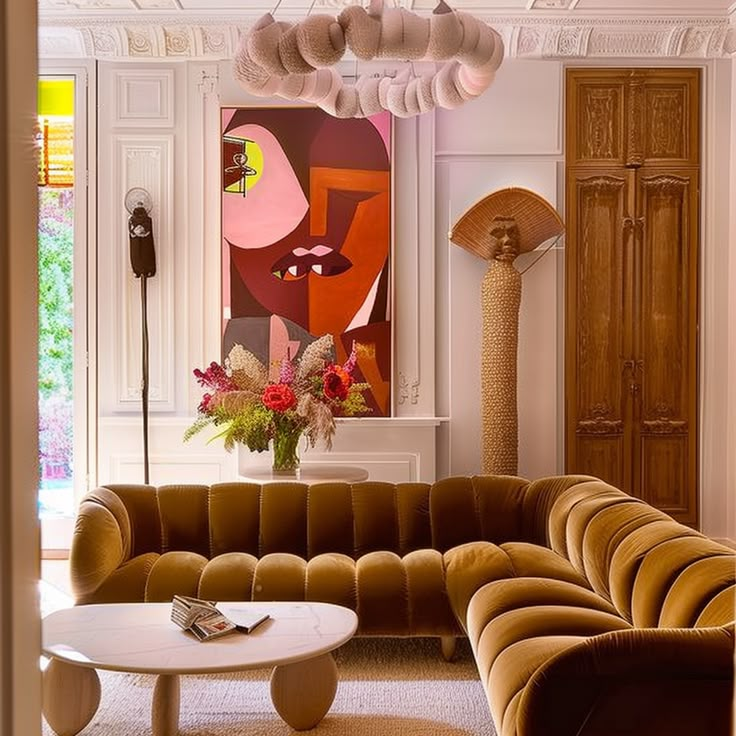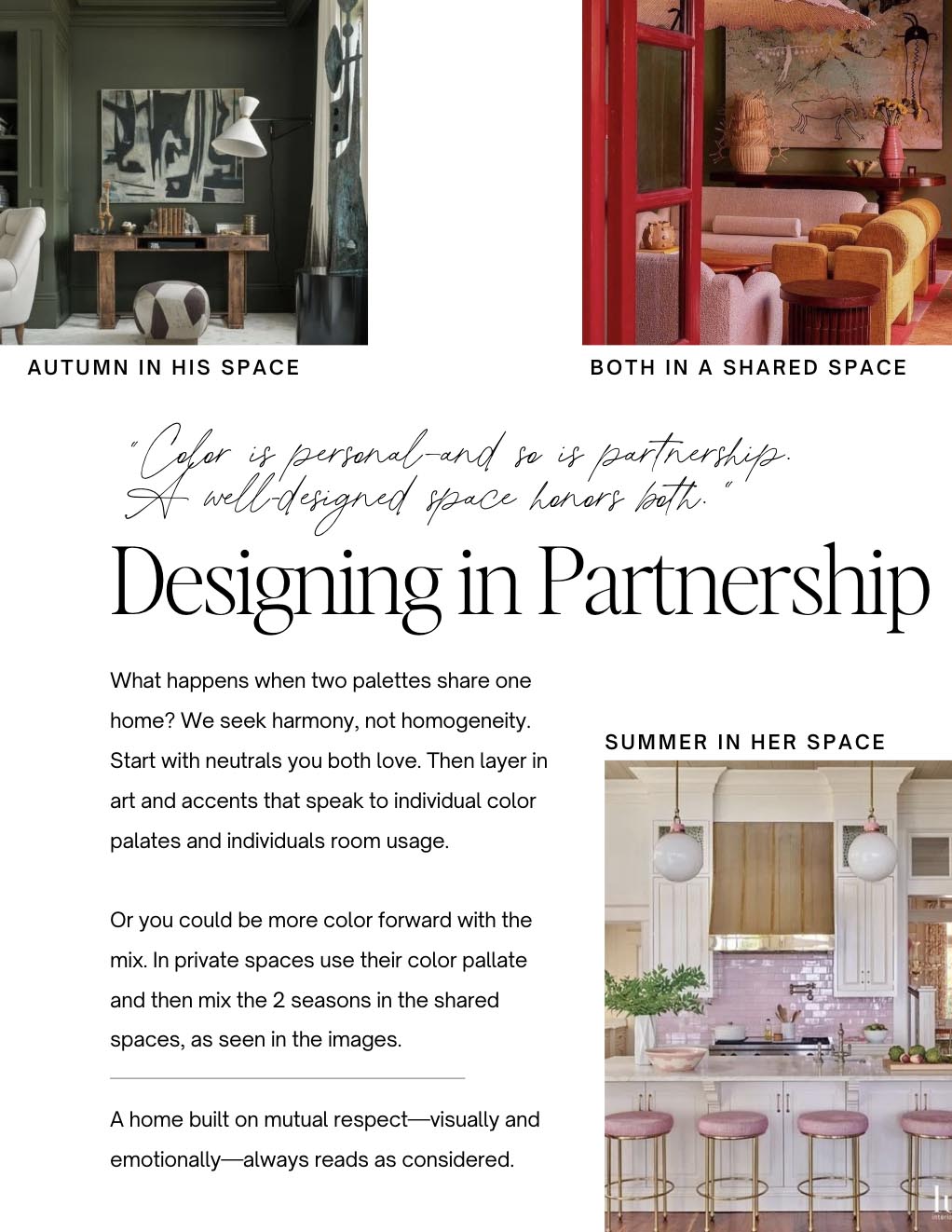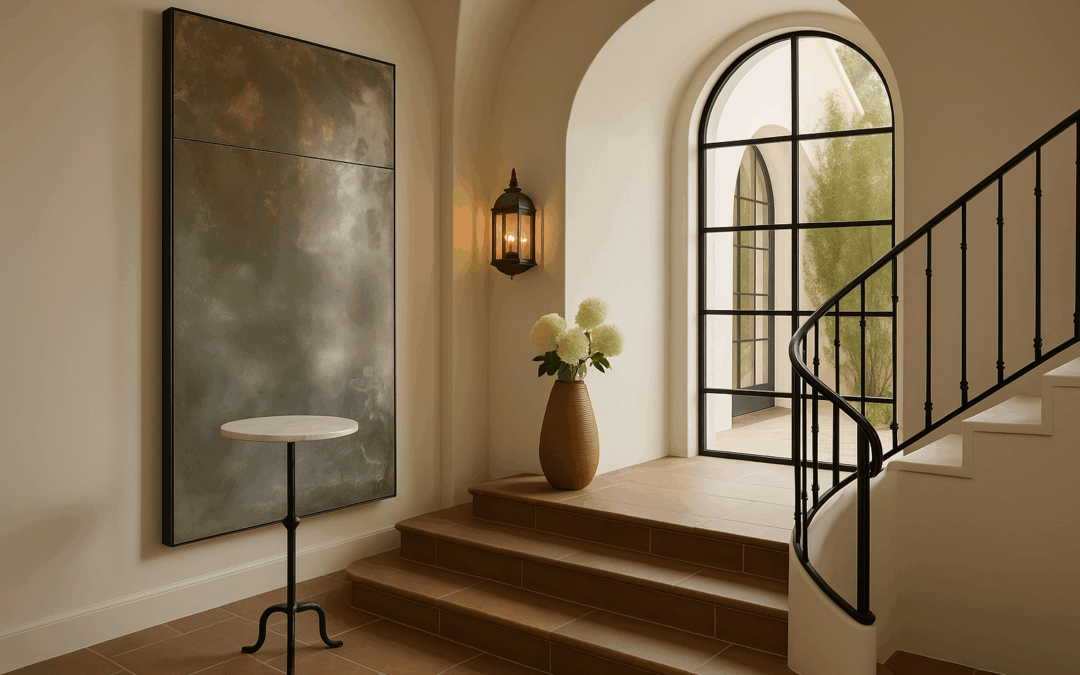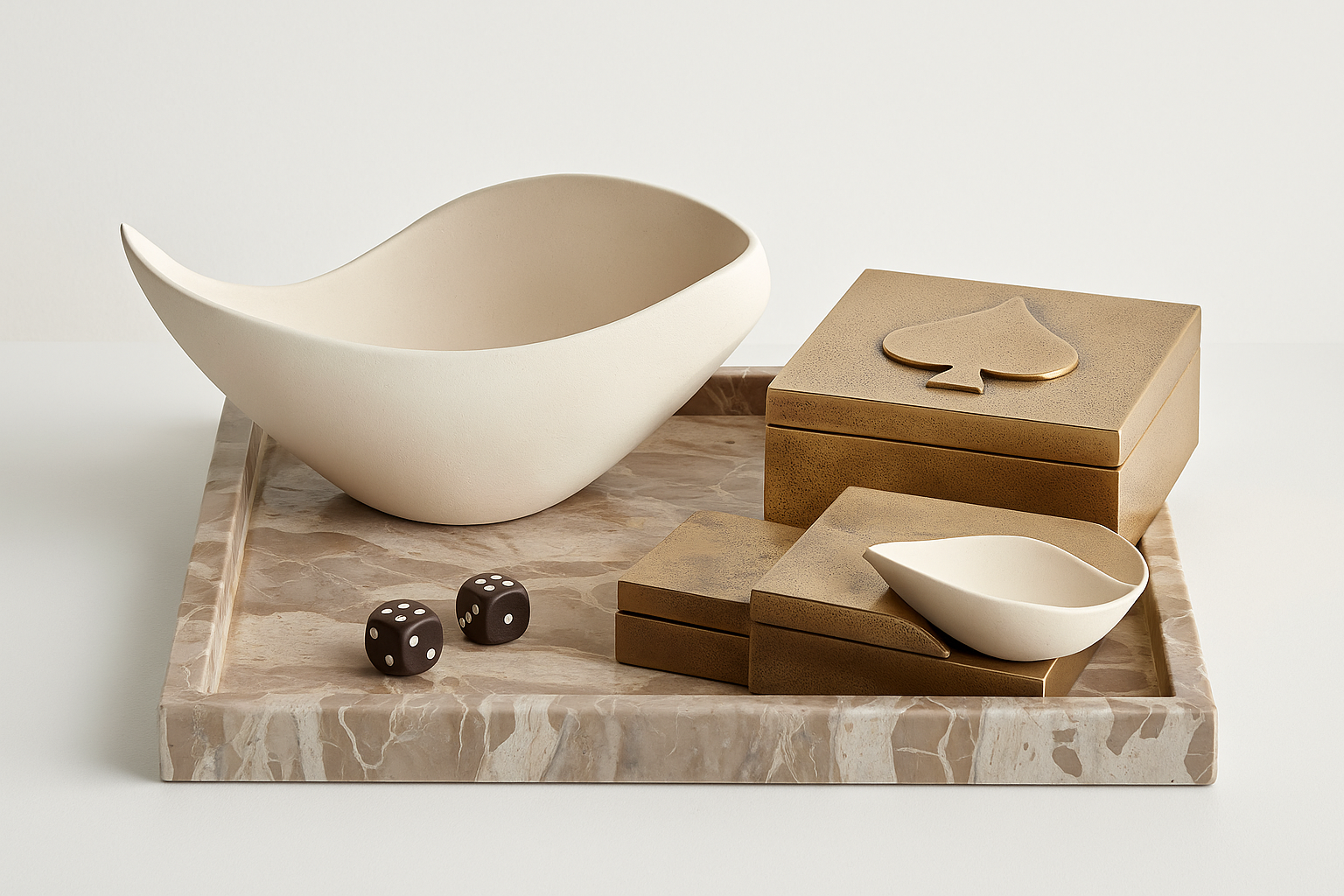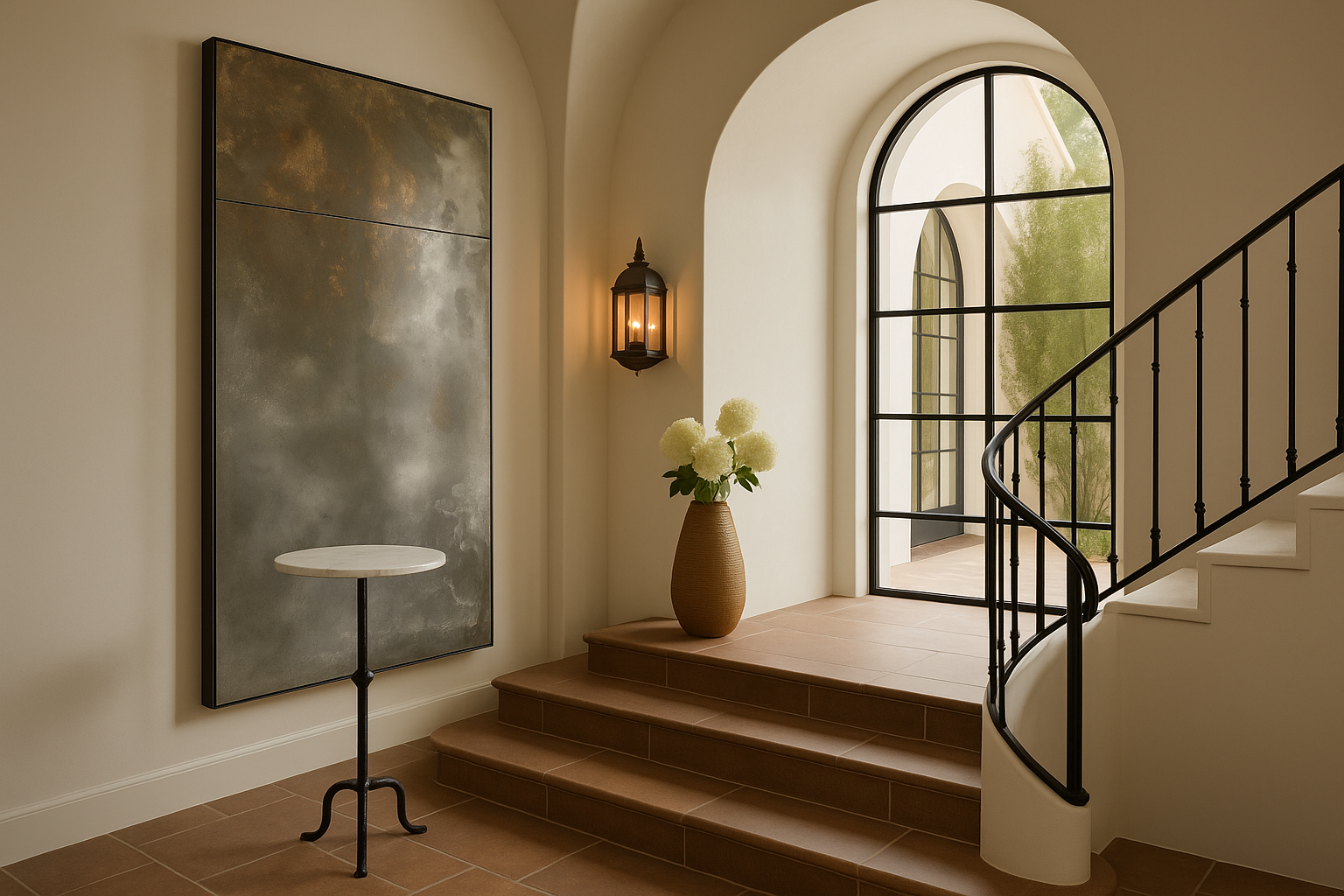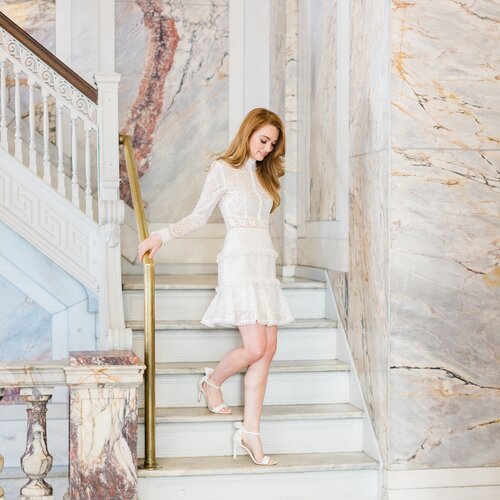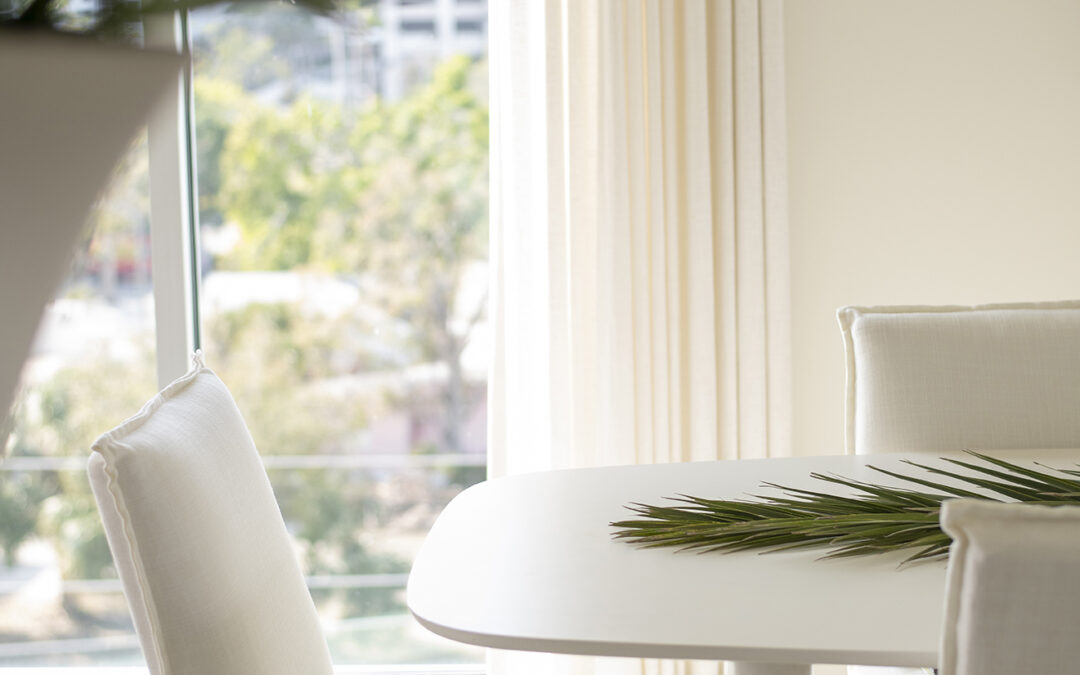
No-Reno, No-Demo Design Hacks That Actually Transform Your Space
Because a better home isn’t always built—it’s reimagined.
There’s a moment in every home when things begin to feel… stale. The layout still works, the finishes aren’t outdated, and yet something about the space no longer reflects who you are or how you live.
You don’t need a sledgehammer. You need a shift in perspective.
As an interior designer working with clients from Sarasota to San Francisco, I’ve seen firsthand how small, strategic moves can recast a space completely. These are the no-reno, no-demo interior design ideas I use in million-dollar homes to create transformation—without construction, only vision.
Start With Flow, Not Furniture
The quickest way to change a room is to rethink how it breathes. Often, the sofa isn’t in the wrong color—it’s in the wrong position. Rearranging major pieces to improve circulation or sightlines is a powerful first move.
In design consultations, I often reorient the anchor piece to face natural light or artwork. Then we layer from there.
“The most affordable design change is not a purchase—it’s a better point of view.”
→ Looking for layout help? Book a 2 Hour Design Consultation to reimagine your space.
Use Oversized Art to Shift Scale
One large-scale art piece does more to elevate a room than ten smaller ones. A singular canvas—abstract, photographic, or textural—can stretch walls visually and raise the ceiling line by tricking the eye upward.
Try placing a large piece above a console or credenza to establish presence. If you don’t have a framed piece yet, even a mounted textile or unframed canvas can create the drama.
Curate Vignettes
Design doesn’t always require more—it often requires less, better placed. Instead of cluttering surfaces, create one or two “hero” moments in each room.
A sculptural table lamp. A stack of books. A chair with good silhouette. These are your stage pieces. When styled intentionally, they read like a magazine spread—without buying a thing.
“You don’t need new furniture. You need better storytelling in your space.”
→ See how emotional vignettes ground our interiors in the RachelBlindauer.com portfolio.
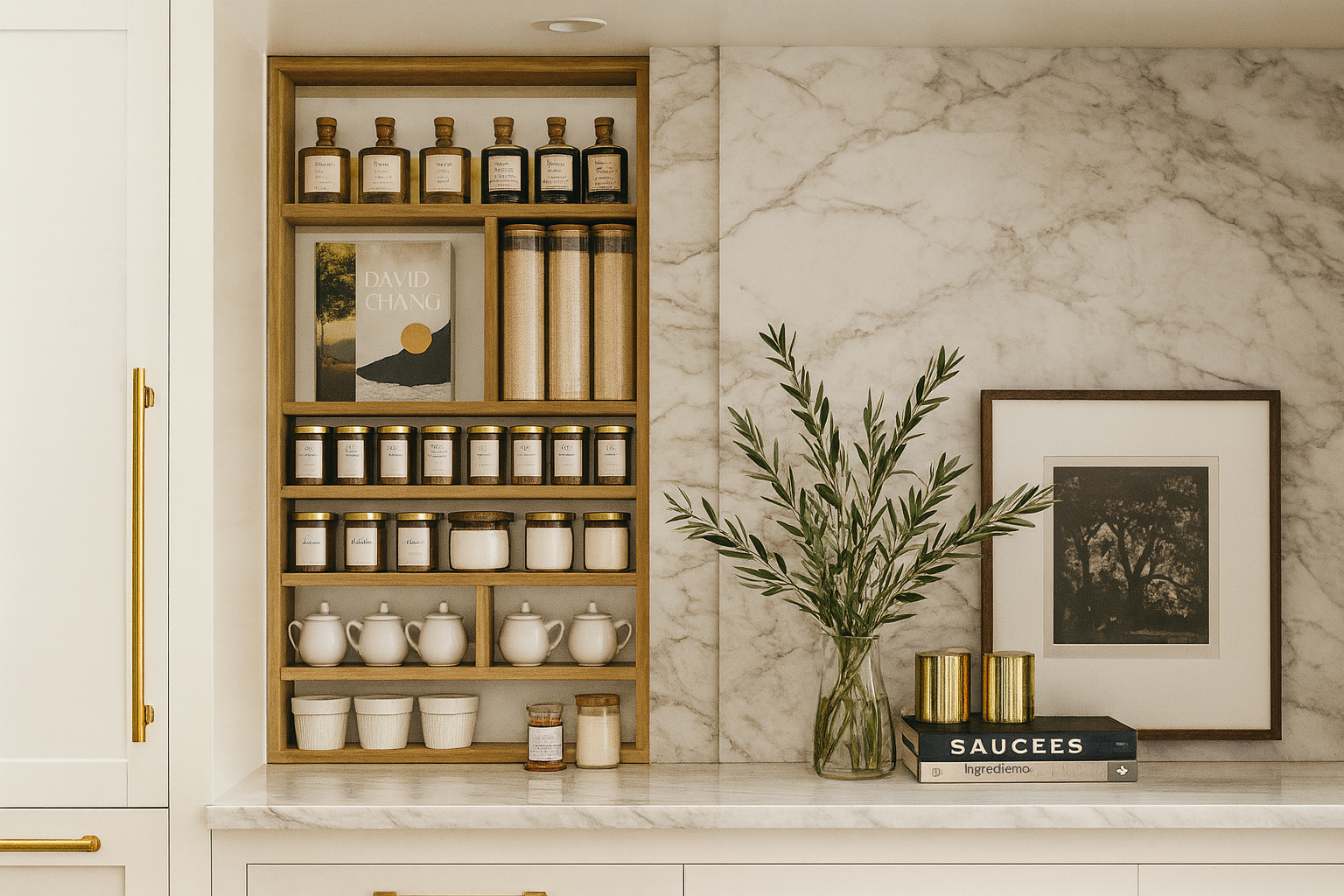
Swap Out the Overlooked Details
Some of the most powerful upgrades are hidden in plain sight:
- Brass or ceramic switch plates instead of plastic
- Hand-forged cabinet hardware instead of standard pulls
- A woven wastebasket in place of plastic
These aren’t afterthoughts. They’re quiet luxury in action.
→ Shop our collection of textural home details that elevate the everyday.
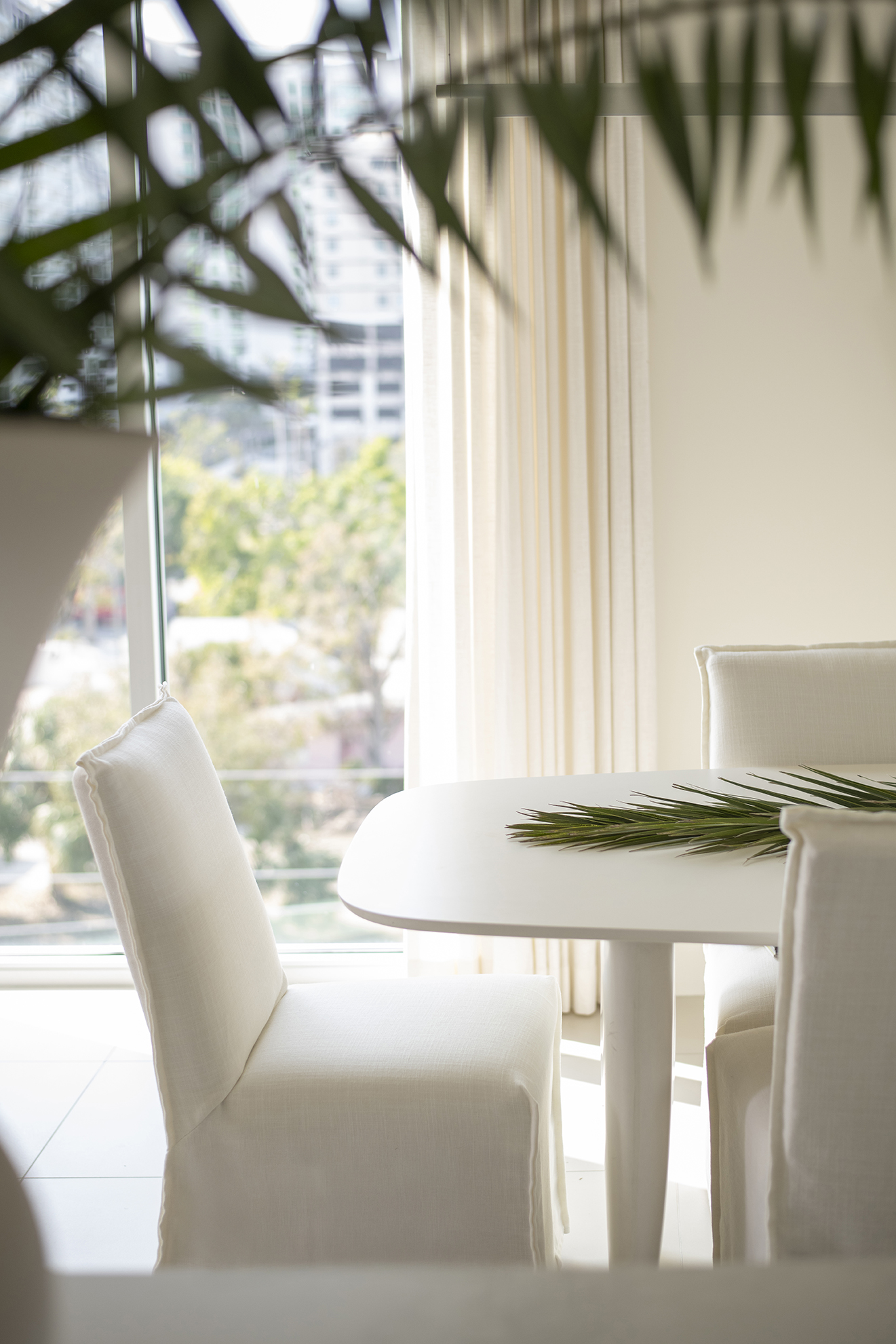
Treat Drapery Like Architecture
Window treatments are not just a finishing touch—they’re a structural one. Floor-to-ceiling panels (even when your windows don’t go that high) pull the room upward.
My go-to: unlined linen in a tonal hue, mounted wide to make windows look larger and allow natural light to pour in from edge to edge.
If you rent or live in a builder-grade home, this one change alone can shift the atmosphere from temporary to tailored.
Design Through Scent
The feel of a home doesn’t start at the threshold—it starts in the air. I advise clients to layer scent the same way we layer light: thoughtfully and intentionally.
Choose a signature fragrance and repeat it across formats—diffuser, candle, linen spray. This creates olfactory continuity and elevates how your space is perceived by guests… and yourself.
→ Explore our candles and home fragrance collection to curate your scent identity.
Before You Renovate, Reimagine
Home isn’t made perfect by tearing things out. It’s made better when we see what’s possible in what’s already there. These no-reno upgrades are how I help clients fall back in love with their space—one layer at a time.
→ Book a design consultation or shop curated home accessories made to transform without renovation.
Rachel Blindauer is an award-winning interior and product designer known for blending architecture and artistry to create spaces that feel timeless, tactile, and quietly bold. From boutique hotels to serene residences, her work turns everyday living into an experience of intention.

